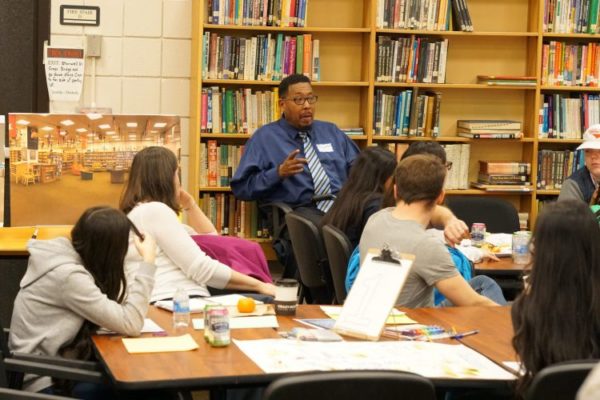
Worried about toxins in your kid’s school? The 1,000 Hours a Year initiative aims to remedy those issues
This story first appeared in NEXTpittsburgh, which publishes Kidsburgh.
Kids spend an average of 1,000 hours per year in schools. That’s second only to the time they spend in their own homes, says Kara Rubio of Women for a Healthy Environment (WHE). That’s a concerning period of time, considering that many schools in the Pittsburgh region are old and potentially full of environmental hazards.
That’s why WHE and Green Building Alliance (GBA) are relaunching the 1,000 Hours a Year initiative to fix these problems in schools and childcare centers across the region.
The mini-grant program, which ranges from $1,000 to $5,000, comes with an offer of technical expertise to address any or all of three problems: lead, radon and air quality.
“We know lead is a hazard in schools because, in our past grants, every school district we tested had at least one area where lead was present in drinking water,” says Rubio.
The entire state of Pennsylvania is at high risk for radon, a known carcinogen, she adds. “It’s invisible, it doesn’t smell like anything, it doesn’t give you a headache. We test for it. Not a lot of schools or childcare centers have been able to do that.”
Indoor air quality is also a major concern, especially in special-use classrooms, like woodworking shops, that require extra ventilation or maintenance. The goal is to make sure that whatever dust is being created in makeshops isn’t causing asthma attacks or other respiratory stress for kids.
“As more and more schools get maker spaces or have special equipment like laser cutters or 3-D printers, we want to make sure we’re thinking about health and safety as well,” Rubio says.
The Heinz Endowments has covered the cost of 1,000 Hours a Year to the tune of $290,000 over two years. This is the second iteration of the program, which has already helped remediate 177 buildings across 30 school districts, 25 early learning centers and 10 independent or charter schools between 2017 and 2019.
Kiski Area and Woodland Hills — which had lead in drinking water removed — are just two of the school districts that have used the program so far.
Any school district or childcare center can apply — including public schools, private schools and charter schools. A list of companies certified to do the testing and the remediation will be provided.
“Environmental hazards are happening because we have an aging infrastructure problem,” explains Rubio. “There is not any state funding for helping renovate or improving the quality of the buildings. Because we know so much about these environmental hazards — we know how to find them, we know how to test for them, we also know how to remediate them. We make sure that once our grant partnership is completed, we’re leaving those spaces lead and radon free.”
Because it’s such a sensitive topic, it requires a light touch.
“We look at ourselves as partners with these schools and childcare centers, rather than coming at them from a more aggressive stance: ‘We know there’s a problem in your building,’” says Katie Lockley, Green & Healthy Schools Senior Director for GBA. “We’re supporting them in that process and helping them to address these concerns.”